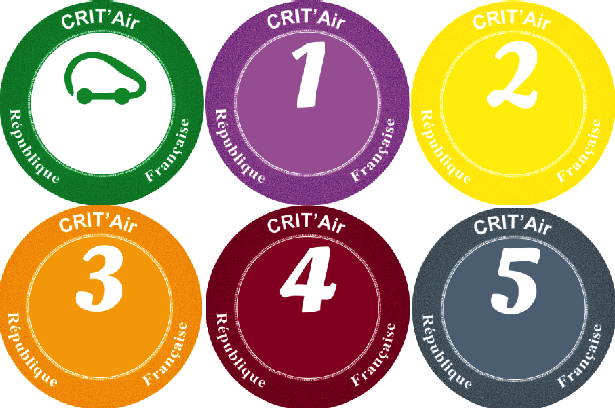Driving in France can be confusing and we get a lot of anglers ask us about French rules and regulations. We have put together a list of simple things you should be aware of before setting off on your carp fishing holiday.
Important: this article was last updated on the 6th July 2022 and is compiled to the best of our knowledge. You should always check the requirements for yourself at time of travel using the links included in the article below.
Legal requirements
- A valid driving license. Riders of mopeds or motorcycles up to 125cc must be aged 16 or over. Driving licences issued in EU and EEA countries are accepted. International driving permits are recognised but not required.
- A V5 log book or a VE103 document for rented/hired vehicles. This includes borrowing your work van for example, if the vehicle is not registered in your name then you need proof that you have permission to take it abroad.
- Having your vehicle insurance documents, proving at least third-party cover.
- A UK sticker (replaced the GB sticker from September 2021) for your vehicle and any trailer/caravan/boat you are towing.
- One warning triangle & also a high visibility vest for each occupant of the vehicle.
- An Animal Health Certificate from your vet for any pets you have with you, amongst other things. Visit https://www.gov.uk/taking-your-pet-abroad for the latest information on everything you will need to take a pet with you.
- Your dipped headlamps must be adjusted so as not to dazzle oncoming traffic.
- You must not use anything in or on your vehicle which warns you of the location of speed cameras.
Rules of the road
As well as driving on the right side of the road, France has another unwritten rule that will seem strange to UK drivers, the “priorité à droite”. When arriving at a junction you should give way to the vehicles joining from on the right, unless it is marked otherwise.
This is most likely to be the case in small villages, put do keep your eyes peeled. The rule is sometimes indicated when entering an area, but not always:

Roundabouts work the same way as the UK except you drive in the opposite direction, so you give way to the traffic arriving from the left.
Speed limits
Here’s an overview of speed limits on different roads, in different weather conditions, from fine to difficult conditions:
- Urban areas 50km/h
- Rural areas: 80km/h – 90km/h
- Motorway: 110 km/h – 130 km/h
When arriving in a village you must drive at 50km/h. Regulations start at the town name sign and end on leaving the town:
Heavy fines will be applied for breaking the speed limits. If you are over by 30km/h you can lose your licence and if you are over by 50 km/h your vehicle can also be confiscated.
Emissions laws for driving in France
In order to enter certain French cities a valid Crit’Air Air Quality Certificate must be displayed on your vehicle. They help identify a vehicle’s emissions levels and, in some cases, restrict access to these ‘low emission zones’ in order to improve air quality.
Most low-emission zones are located near big cities such as Paris, greater Paris and Ile de France, Lille, Lyon, Strasbourg, Grenoble, Toulouse, Chambéry, Annecy, Rouen, Reims, Saint-Etienne, Nice and Rennes.

You can find exactly where these low emission zones in France exist using this website: https://urbanaccessregulations.eu/countries-mainmenu-147/france
If you believe that you will be travelling through one of the low emission zones it is important to obtain your certificate (sticker) online on the official French government website, for which prices start at just €3.70, plus postage.
In order to apply, research your car’s European Emissions Standard using RAC’s helpful table but if you’re still unsure contact your vehicle manufacturer. You’ll also need to upload an image or scan of your vehicle’s V5C registration form.
Be aware: The ordering process of a vignette can take up to six weeks so make sure you factor this in before you travel and plan accordingly ahead of time.
The good news is that, as it stands, once you have one of these stickers they are valid for the car’s lifetime.
Alternatively of course you can plan a route to avoid these zones.

Comments